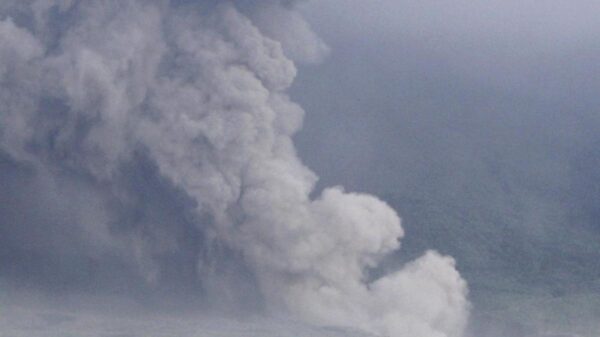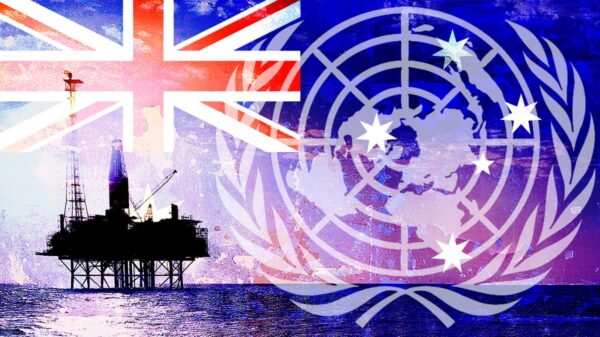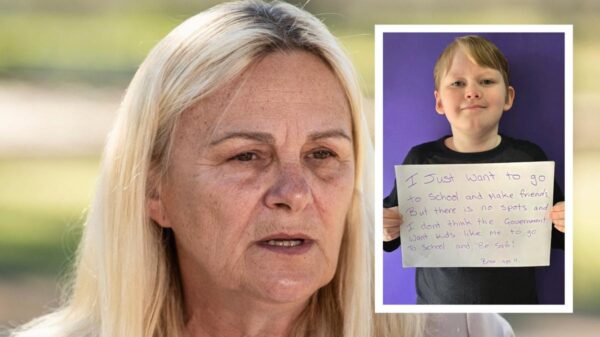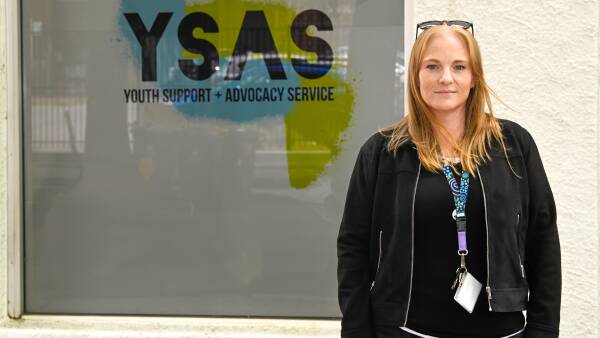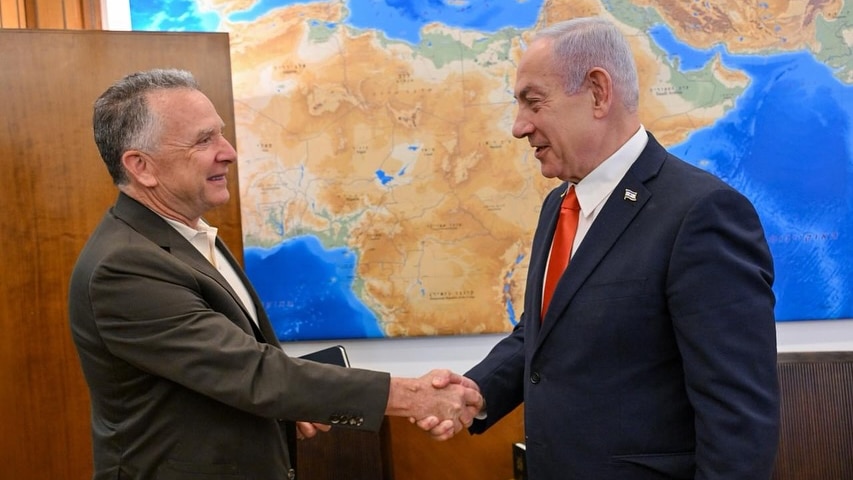The humanitarian crisis in Gaza deepened as Steve Witkoff, special envoy for US President Donald Trump, visited the region on Friday. This visit comes amidst escalating international outrage over severe shortages of food and aid, leading to chaos at distribution sites. Witkoff, accompanied by US Ambassador to Israel Mike Huckabee, toured a distribution site operated by the Gaza Humanitarian Foundation (GHF) in Rafah, where desperate civilians are struggling to secure essential supplies.
The GHF spokesperson, Chapin Fay, emphasized that the visit signified Mr. Trump’s recognition of the urgent need to prioritize civilian welfare over militant groups. “Feeding civilians, not Hamas, must be the priority,” Fay stated. Reports from various humanitarian organizations indicate that the ongoing crisis has resulted in hundreds of fatalities, with many people being killed by gunfire or trampling during chaotic aid distributions.
According to the Israeli military, they have only fired warning shots to control crowds. However, reports from Gaza indicate that nearly 800 individuals have lost their lives, caught in the crossfire or crushed in the desperate scramble for aid. The situation has become increasingly perilous, with officials at Nasser Hospital reporting that they received the bodies of 25 individuals, including 13 who were killed near aid distribution sites.
The visit by Witkoff follows a breakdown in ceasefire discussions in Qatar, where US officials attributed the failure to Hamas. White House Press Secretary Karoline Leavitt stated that Witkoff was tasked with devising a plan to enhance food and aid deliveries. In a social media statement, Trump asserted that the quickest resolution to the crisis would be for Hamas to surrender and release hostages.
Reports from international organizations highlight that Gaza has been on the brink of famine for the past two years. The Integrated Food Security Phase Classification recently indicated that the blockade on aid over the past two and a half months has led to a “worst-case scenario” unfolding in the region. Although aid flows, such as airdrops, have resumed, they remain insufficient to meet the dire needs of the population.
Aid Distribution Chaos and International Response
Witnesses have described the aid distribution sites as scenes of desperation where thousands risk their lives for food. The GHF began its operations in May, with reports indicating that hundreds have died while attempting to reach these sites. The organization has faced criticism from Human Rights Watch, which labeled the current aid distribution system as “flawed” and dangerously militarized, stating that it has devolved into “regular bloodbaths.”
In a press briefing, representatives from influential local tribes urged Witkoff to stay longer in Gaza to witness the dire conditions firsthand. They accused Israel of inadvertently empowering factions that loot aid sites, exacerbating the already dire situation for civilians.
Despite the challenges, the Israeli military has claimed that it is working to improve the safety of routes leading to aid sites. They hold Hamas responsible for sabotaging the distribution network, complicating efforts to provide assistance effectively.
The humanitarian crisis in Gaza has drawn increasing international condemnation. A video released by the UN Office for the Coordination of Humanitarian Affairs (OCHA) depicted an aid convoy navigating through a border crossing amidst gunfire, illustrating the perilous conditions faced by aid workers. Olga Cherevko, an OCHA staff member, recounted the overwhelming scenes, stating, “We were met on the road by tens of thousands of hungry and desperate people.”
Global Implications of the Ongoing Conflict
As the conflict continues, some of Israel’s traditional allies are reconsidering their stance toward Palestinian statehood in hopes of reviving the two-state solution. During a visit to the occupied West Bank, Germany’s Foreign Minister Johann Wadephul urged Israel to pursue peace and criticized the violence perpetrated by settlers against Palestinians. He highlighted that Israeli settlements in the West Bank pose significant obstacles to achieving a lasting resolution.
The ongoing conflict erupted on October 7, 2023, when Hamas launched an attack on southern Israel, resulting in approximately 1,200 deaths and the abduction of 251 individuals. As of now, Hamas reportedly holds around 50 hostages. Meanwhile, Israel’s retaliatory actions have led to the deaths of over 60,000 Palestinians, according to the Gaza Health Ministry. This figure does not distinguish between militants and civilians, but it remains the most reliable casualty data available, as recognized by the UN and other international organizations.
As the situation in Gaza unfolds, the international community continues to grapple with finding effective solutions to address both the humanitarian crisis and the broader implications of the conflict.




